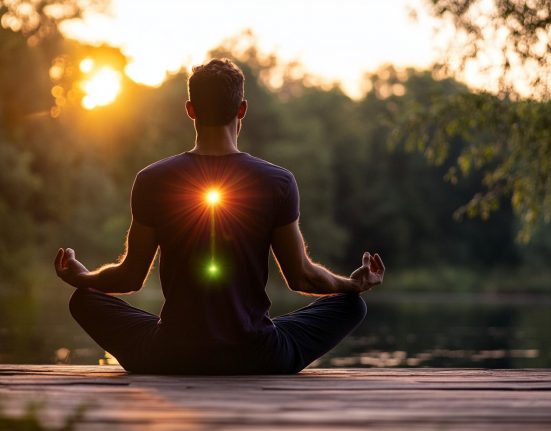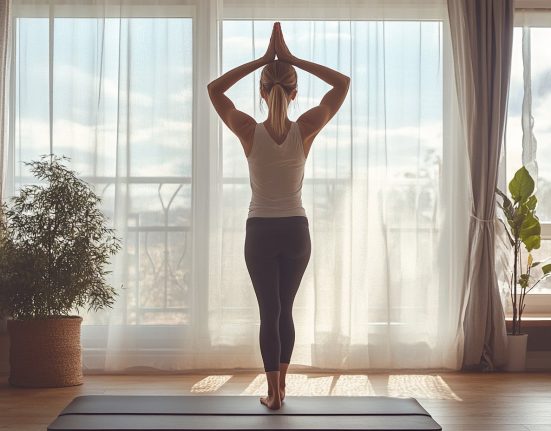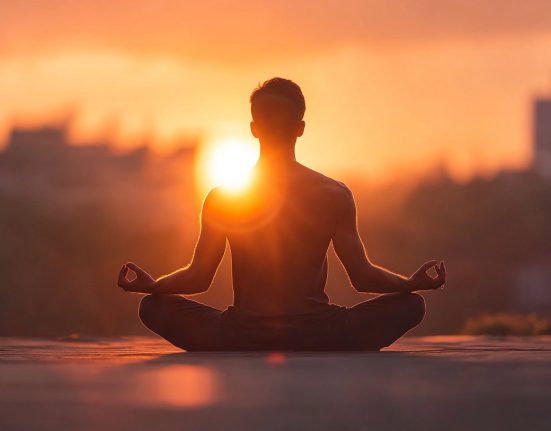As easy as 1, 2, 3 3 stress-busting meditation techniques to help you disconnect
In an ideal world, we would sleep for eight hours in the night, eat 5 servings of fruits and vegetables on a daily basis and exercise and meditate for an hour every day. But this is a utopian fantasy. In the real world, we’re pushing against deadlines, trying to keep up with friends and family and dealing with our phones distracting us every second of the day. So, while we work towards an ideal lifestyle where we do all of the above (we wish), it’s better to fit a bite-sized portion of healthfulness into our day, be it a 15-minute power walk, a green juice or micro-meditation that we can practice for just a few minutes. The reason most people don’t meditate (despite the fact that all of us need to), is because we get intimidated with the idea of sitting in one spot for a long period of time. However, meditation can happen anytime, anywhere. You just need a single point of focus for a few minutes. Remember it’s not how long you meditate but how regularly you do. These micro-meditation techniques will get you ready for longer sitting practices and of course work as a balm when you’re stressed or agitated.
Observe your thoughts “Watch your thoughts, but don’t attach yourself to a particular feeling—try to understand why you’re thinking what you’re thinking,” says Seema Sondhi, Delhi-based yoga master and founder of The Yoga Studio. “Usually the thoughts are worries about the future or frustrations of the past, your present is rarely on your mind,” she says. How this helps: Observing your thoughts is the best way to find out more about yourself. Most people are out of touch with their inner selves. Observing your thoughts gets you in touch with your deepest fears and insecurities. Half the solution lies in finding the problem, or at least looking at it and releasing it—this is where meditation helps. The moment you find yourself creating a story in your mind, acknowledge it and let it go.
Observe your breath “Your breath is the connection between mind and body, the best way to meditate is to observe how your breath feels at that moment,” says Sondhi. This could be a meditation in itself or the next step after observing your thoughts. Once your mind is empty of thoughts, you could bring it to your breath. How this helps: This is especially helpful when you’re stressed or angry. By bringing your attention to your breath, you will notice that your breathing is shallow or perhaps you’re not breathing at all. Consciously observing your breath and bringing it back to normal is the best way to bring your mind back to a relatively calm state.
Observe your sensations This is a classic Vipassana technique. To learn the full Vipassana meditation, you will have to sign up for the 10-day course, but this handy tool really helps dissolve feelings of anger, fear and anxiety. When you’re feeling anxious (or any other negative feeling) instead of focusing on your thoughts, feel the sensation that it’s causing in your body. Perhaps you have a tightness in your chest, maybe the tips of your hands are feeling cold, maybe your heart is beating faster. Observe this sensation while meditating, without trying to make it stop or getting agitated. After a few minutes, you’ll find that the sensation becomes softer and eventually goes away altogether, along with the negativity that you were battling. How it helps: This immediately shifts focus from your mind to the body. It releases pent-up emotions and helps you let go of any anger, resentment or anxiety that you may feel at the moment.









